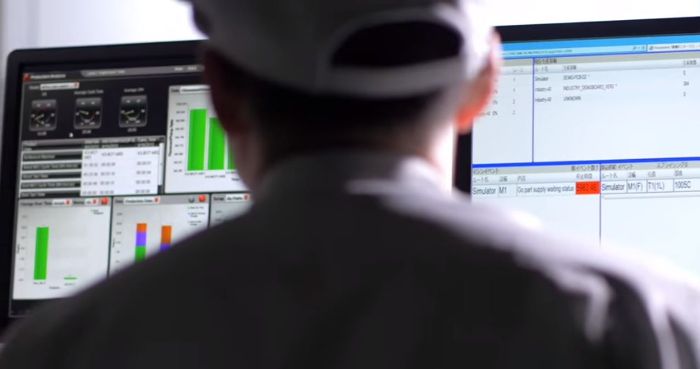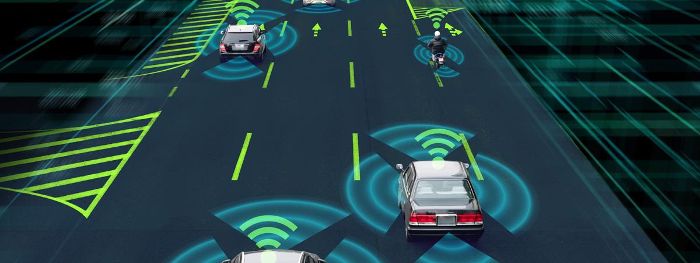Panasonic has launched its CIRRUS connected vehicle data platform at the Consumer Electronics Show (CES 2019) in Las Vegas, with the system expected to improve safety and mobility on the road by sharing data between vehicles, infrastructure, roadways and traffic operators in real time.
Highlighting statistics that show there were 40,000 traffic-related deaths in the USA last year, three billion gallons of fuel wasted, and 6.9 billion hours spent in traffic, the company says connected vehicle-to-everything (V2X) solutions can makes roads safer and reduce traffic congestion and CO2 emissions. The Japanese multinational explained that by acting as the centerpiece of a smart transportation ecosystem, CIRRUS provides cloud analytics data processing, real-time analysis and transmission, and data-storage capabilities for sharing and updating vehicles and municipalities with road conditions, operations and other safety information.
CIRRUS is the bridge that shares important data between DOT network operations centers (NOC) and vehicle information systems. An Internet of Things (IoT) application programming interface (API) layer serves as the platform’s foundation to enable DOTs to use V2X information as a data source for sensing roadway conditions in real time. CIRRUS has an open specification API for V2X data collection and dissemination, while managing the input and output of significant vehicle data throughput from and to connected vehicles. The platform also includes edge-analytics capabilities in the event of a cloud analytics service disruption.

Panasonic’s platform uses cloud analytics to filter, translate and deliver all incoming V2X data into real-time, actionable information. The data is sorted for immediate action, aggregation, analytics, or storage depending on the functionality and business logic needs of the DOT. The CIRRUS platform’s cloud analytics also encompasses network management, systems performance and system security capabilities.
As a scalable open platform, CIRRUS enables DOTs to provide partners with access to V2X data from external sources following industry-standard interfaces. DOT partners can develop endless V2X applications to address critical operations, safety and maintenance needs on roadways. CIRRUS’s open data API enables DOTs to share their V2X data with external organizations such as researchers, universities, emergency services and other stakeholders. The platform’s open development environment offers DOTs the ability to add new V2X applications to the system for continuous operational growth.

CIRRUS has been developed as part of Panasonic’s partnership with the Colorado Department of Transportation (CDOT) to create a connected vehicle ecosystem along a particularly challenging 90-mile (145km) stretch of I-70, where drivers face steep grades, severe curves, often extreme weather, poor visibility and congestion. CDOT estimates that a statewide V2X system will generate more than two billion safety messages per hour from vehicles. To put that in context, Twitter currently averages 28 million tweets per hour globally. This means that across Colorado the CIRRUS platform would be managing and processing 70 times more hourly volume than Twitter, making it the largest transportation dataset the world has ever seen.
“CIRRUS is accessible, adaptable, extensible and secure, developed using industry V2X standards so that it can be easily integrated into existing transportation systems,” explained Jarrett Wendt, executive vice president of CityNOW at Panasonic North America. “Our intelligent transportation platform is built to scale for state-wide deployment of V2X technology on roadways, highways and arterials alike, enabling the immediate deployment of snowplows during winter storms and optimization of traffic flows through a city in real time. CIRRUS is all about safety and efficiency for everyone on the road.”





